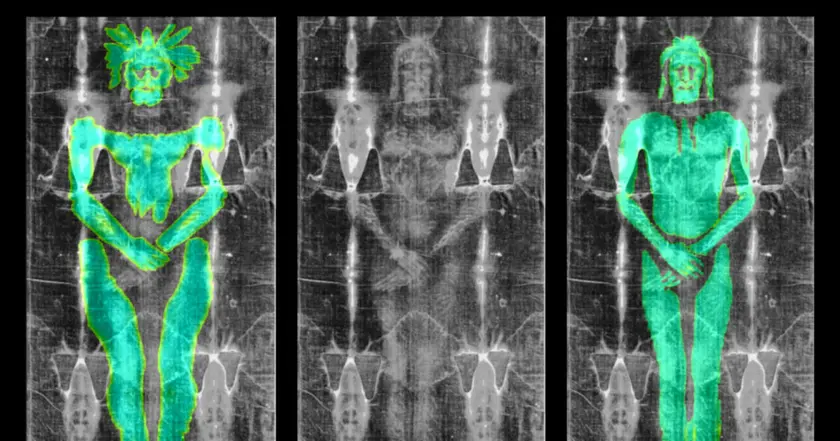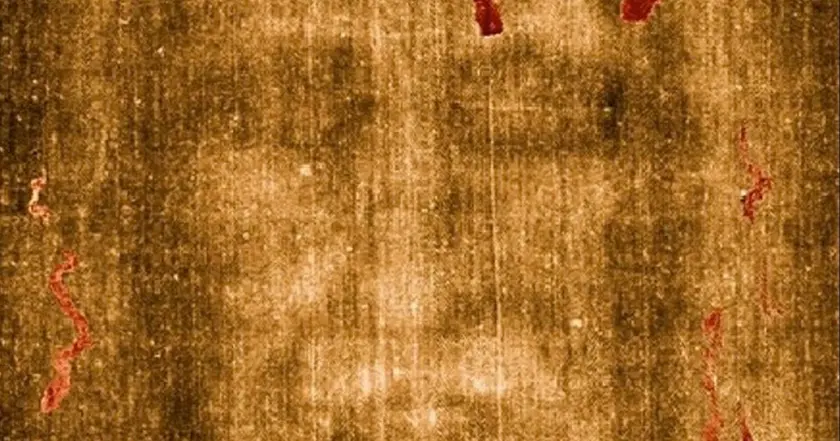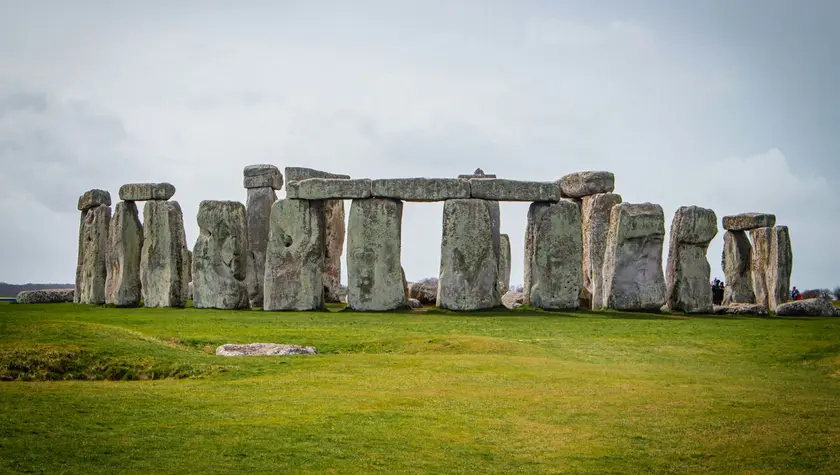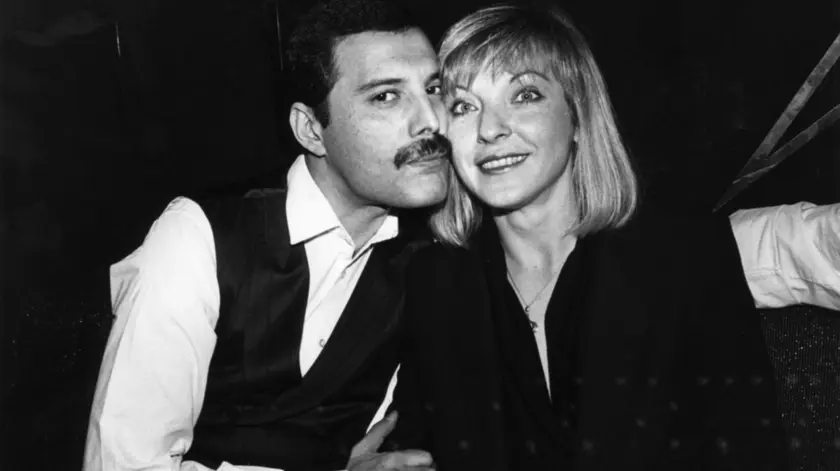T4K3.news
New Evidence Disputes the Shroud of Turin's Authenticity
Research suggests the Shroud may have been an artistic creation, not a burial cloth.

Recent research disputes the Shroud of Turin's historical significance.
New Analysis Challenges Authenticity of the Shroud of Turin
A new study utilizing 3D modeling has raised the possibility that the Shroud of Turin, long considered the burial cloth of Jesus Christ, was likely draped over a low-relief sculpture rather than a human body. The artist Cícero Moraes conducted the analysis, suggesting that the image on the shroud aligns more with artistic techniques from the medieval period than with historical reality. The subsequent online debate has polarized opinions, with staunch defenders of the shroud’s authenticity clashing with skeptics. Critics, including Christianity experts, argue that Moraes has not produced anything new, while others contest the validity of prior dating analyses that suggested the cloth is centuries younger than Jesus.
Key Takeaways
"Christians don’t need proof of anything to believe that Jesus is the messiah."
This quote reflects the perspective of believers facing challenges to the Shroud's authenticity.
"The image on the Shroud of Turin is more consistent with a low-relief matrix."
Moraes summarizes his key finding regarding the shroud's origin.
"Moraes has certainly created some beautiful images with the help of software."
Andrea Nicolotti critiques Moraes’ findings, suggesting they lack significance.
"Overwhelming."
This excerpt highlights the intense emotional engagement from both sides regarding the shroud.
Moraes' findings reignite a deeply ingrained discussion about the Shroud of Turin that blends faith, artistry, and science. This duality has kept the relic in the public eye for centuries, evolving from its original claim to be Jesus' burial cloth into a symbol of contentious belief. While some embrace Moraes' methods as a technological miracle revealing the truth, others maintain that such analyses are unnecessary to affirm their faith. As additional research continues to emerge, the division between believers and skeptics seems as entrenched as ever, revealing how deeply personal interpretations of faith can be entangled in scientific inquiry.
Highlights
- Challenge to faith or a new revelation?
- Facts and faith collide over the Shroud of Turin.
- Art or artifact? The debate heats up again.
- Science nudges at centuries-old beliefs.
Potential Backlash Over Historical Claims
This research could provoke backlash from believers who view the Shroud of Turin as a sacred object. The contrast between faith and empirical analysis often leads to significant public debate.
The Shroud of Turin will likely continue to be a subject of fascination and division.
Enjoyed this? Let your friends know!
Related News

New study challenges authenticity of Shroud of Turin

Shroud blood type debate sparks renewed scrutiny
Documentary Investigates Iconic Vietnam Photo Controversy

Mary Austin challenges Freddie Mercury secret child claims

Chloe Ayling shares her kidnapping story in new docuseries

Baldoni Defends Against Ferrer Bullying Claim

New Findings Challenge Stonehenge Transport Theory

Mercury secret child claim tested by Mary Austin
